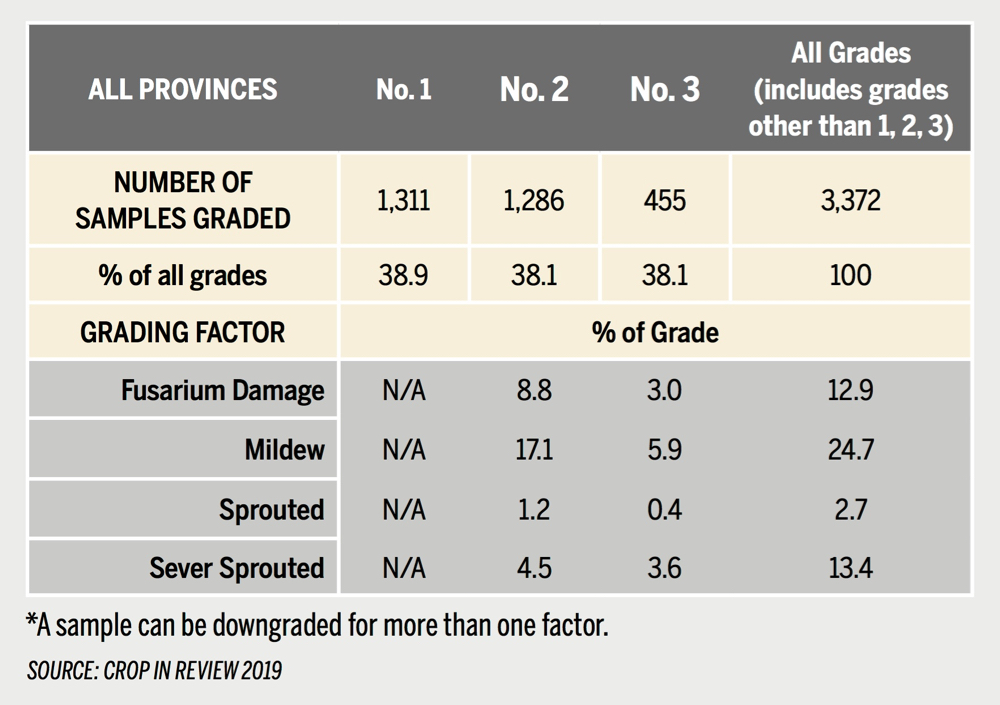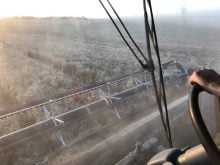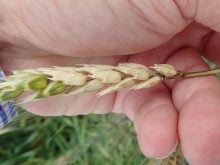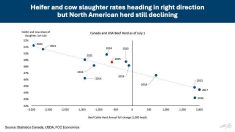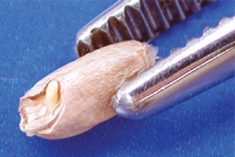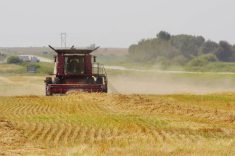Based on early samples assessed by the Canadian Grain Commission (CGC) through its Harvest Sample Program this fall, sprout damage was not the top factor reducing the grade of western Canadian wheat in the Canada Western Red Spring (CWRS) class.
The single biggest degrading factor was mildew affecting 24.7 per cent of the No. 2, 3 and CW Feed that was assessed.
CGC data shows 17.1, 5.9 and 1.7 per cent of the No. 2, 3 and CW Feed wheat was downgraded by mildew — a problem that often shows up after wet harvest conditions.
Read Also
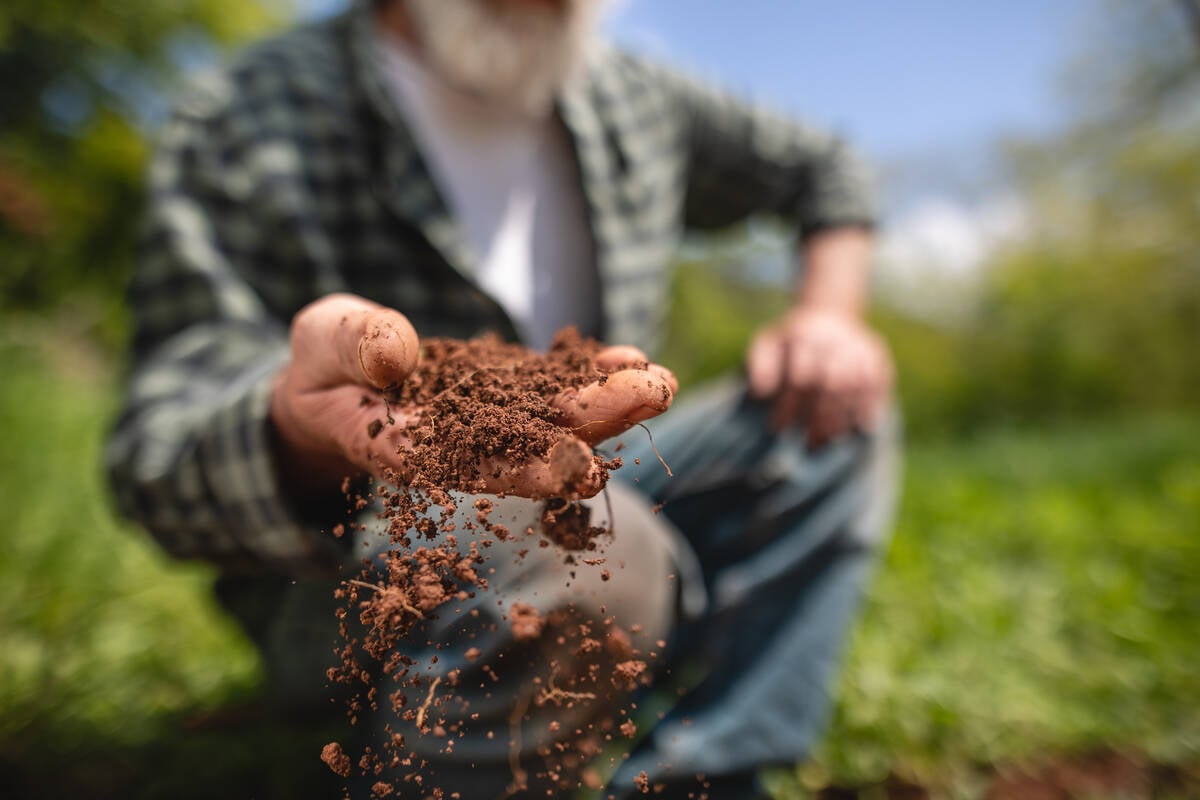
Finally getting paid for sustainable farming?
Alberta project says they might have a line on a workable ecosystem credit model to reward farmers for sustainability, and Manitoba might be next
Fusarium-damaged kernels was the second most common degrading factor downgrading 12.9 per cent of CWRS wheat grading No. 2, 3 and CW Feed wheat.
Severely sprouted and sprouted ranked as the third and fourth degrading factors in CWRS wheat grading No. 2, 3 and Canada Western Feed.
However, the data is based on wheat harvested earlier. Degrading factors may be different in wheat harvested later and has yet to be assessed.
The information was presented at a new crop seminar Nov. 8 in Winnipeg organized by Cereals Canada, the Canadian Grain Commission (CGC) and Canadian International Grains Institute.
This and other information about the quality of Western Canada’s 2019 wheat crop will be shared at similar seminars with customers around the world this fall and early winter.
Farmer presentations key to new crop seminars
Emotion is a better sales tool than facts and figures, according to marketing gurus.
It’s fitting then that before all the technical data about the quality of Western Canada’s 2019 wheat crop is presented to customers at new crop seminars, a western Canadian farmer talks about how and why he grows wheat.
“The producer reviews what drives their cropping decisions and what drives their business in an economically sustainable way,” Cereals Canada president Cam Dahl said during the first new crop seminar in Winnipeg. “That is important because that is not something that’s understood in all the markets we go to.”
Many farmers across the West struggled to get this year’s crop off, delayed by wet weather that also degraded some of the crop.
Farmers attending the seminars will no doubt share that, but also explain the steps they take to ensure the wheat they sell is the best it can be.
“The handling and storage equipment on Canadian farms today is extremely sophisticated,” Dahl told reporters following the seminar. “So I think our ability to condition that crop… whether it is real-time drying or through aeration… with bin sensors, in some cases it’s better than the mills that we’re going to. So I’m not going to underestimate farmers’ ability to condition and keep that grain.”


